What does responsibility mean to you? Better yet, what do you want responsibility to mean to your child? It’s a difficult question to answer, but one that got brought up in our online community a few weeks ago.
“Do you expect your teens to pay their car insurance?” one of our anonymous readers wrote on Feb. 12. The question was regarding her 17-year-old daughter – who she described as a good student, a track athlete, and a waitress 2-3 evenings per week. Her daughter also pays half the car bill and pays for gas.
And then there’s the car insurance.
“She is supposed to pay for her insurance, $720 every six months. Her insurance is due in two weeks and she has $300. She complains that no other teenager has to pay for their own insurance. And that she doesn’t make enough to pay it. My issue is she is never home, always out with friends,” our reader wrote.
MamasUncut Community Responds With Mixed Feelings

Some parents agreed with the mother – arguing that it teaches financial responsibility and prepares the daughter for the future. Others agreed with the daughter and argued that the mother’s expectations were too high – especially considering how much the teen was already contributing in gas and car payments.
Despite the mixed feelings, our community was in agreement on one fact.
And it was the importance of teaching our children responsibility at a young age.
How we teach our kids responsibility is up for debate, but that’s the beauty of parenting – all parents have their own way of teaching, and all children have their own way of learning. The how doesn’t matter, so long as our children understand what responsibilities they have and why they’re expected to fulfill them.
10 Ways to Teach Your Children Responsibility At an Early Age

Teaching your child responsibility can feel like an uphill battle at times. There’s no cookie-cutter solution or tried-and-true recipe, but with patience and consistency, instilling this important life skill is possible.
What’s important is that you remember why you’re doing it.
Responsibility helps children become more self-sufficient and prepares them for adulthood. By giving children age-appropriate responsibilities, parents can instill good and healthy habits at an early age.
With guidance and encouragement, parents can foster responsibility in children and equip them for the future. And while there’s no cookie-cutter solution, we do have some very valuable tips that can help you get through to your child – so let’s take a look at our 10 most effective ways to teach a child responsibility.
10. Lead By Example

You know what they say – monkey see, monkey do.
If you want to instill a strong sense of responsibility in your child at an early age, the most effective approach is to demonstrate it yourself through your own actions. After all, children learn primarily through imitation, especially when it comes to behavior modeling from their parents, guardians, or older siblings.
So, what does this mean for the parent?
It means owning up to your mistakes, holding yourself accountable, being punctual and prepared, keeping your commitments, holding your promises (and not making promises you can’t keep), being honest with yourself and those around you, and staying true to the standards expectations you set in the household.
Remember – actions speak louder than words.
Words are important and your child needs to hear them often, but they also need to see it in action. Think of it this way – what reason would a child have to clean their bedroom, if their parent’s room is always a mess? By setting the right example first, you can then reinforce those values with open communication.
9. Let Them Help With Everyday Tasks
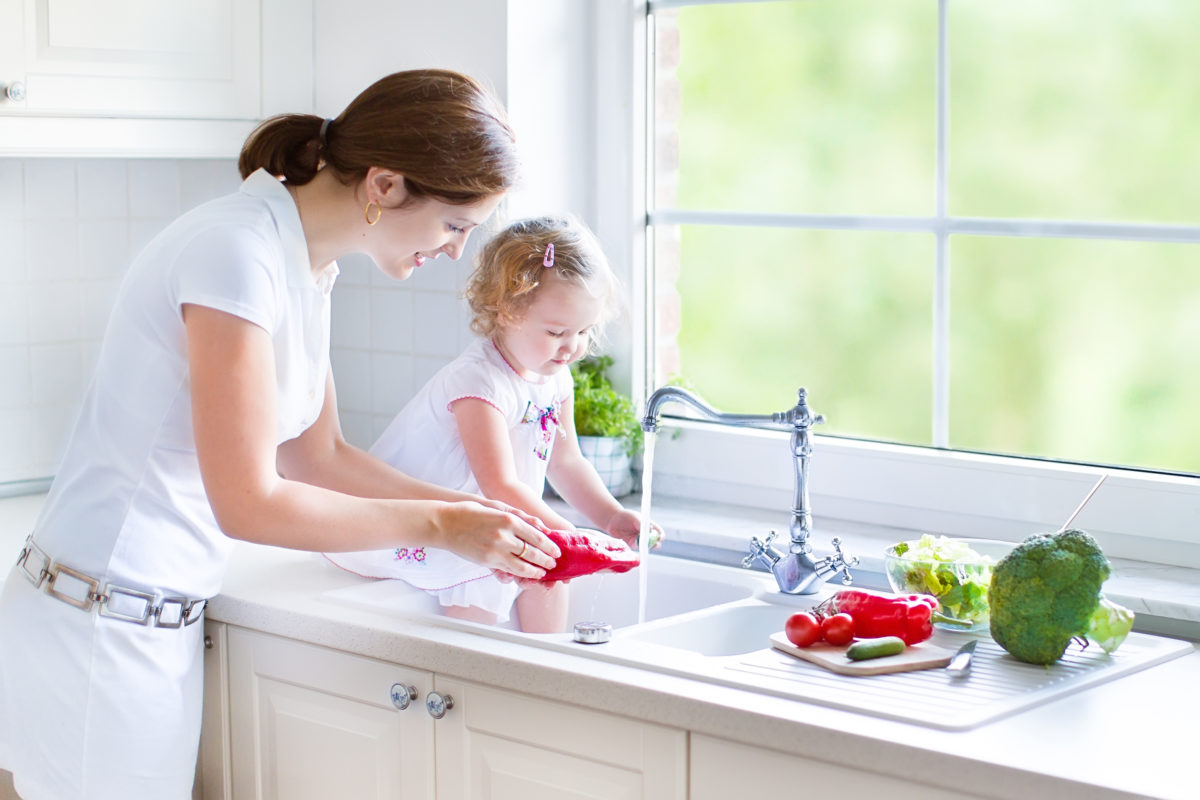
Look, we get it – life as a parent can be hectic.
The to-do list never stops growing, and the errands are piling up, but there are only so many hours in the day – so finding time to teach your child responsibility is difficult. But what if we changed our perspective – what if we started using those errands and to-do lists as a way of teaching our child responsibility?
It might take extra time to complete those tasks, but hear me out.
By involving preschoolers in simple, age-appropriate jobs like putting away toys or setting the table, parents grant opportunities to build crucial life skills. For example, it helps them gain self-confidence, independence, and gives them a sense of purpose as they contribute to the needs of the household.
And don’t think of these as chores – toddlers are too young for that.
Instead, think of it as having a little helper. Give them small, easy tasks to do while you complete the bigger, more important tasks. When doing the dishes, give them a small cup to clean – even if they don’t clean it well, let them do it how they want and then show them how you would do it, but make it fun!
8. Give Your Child Chores
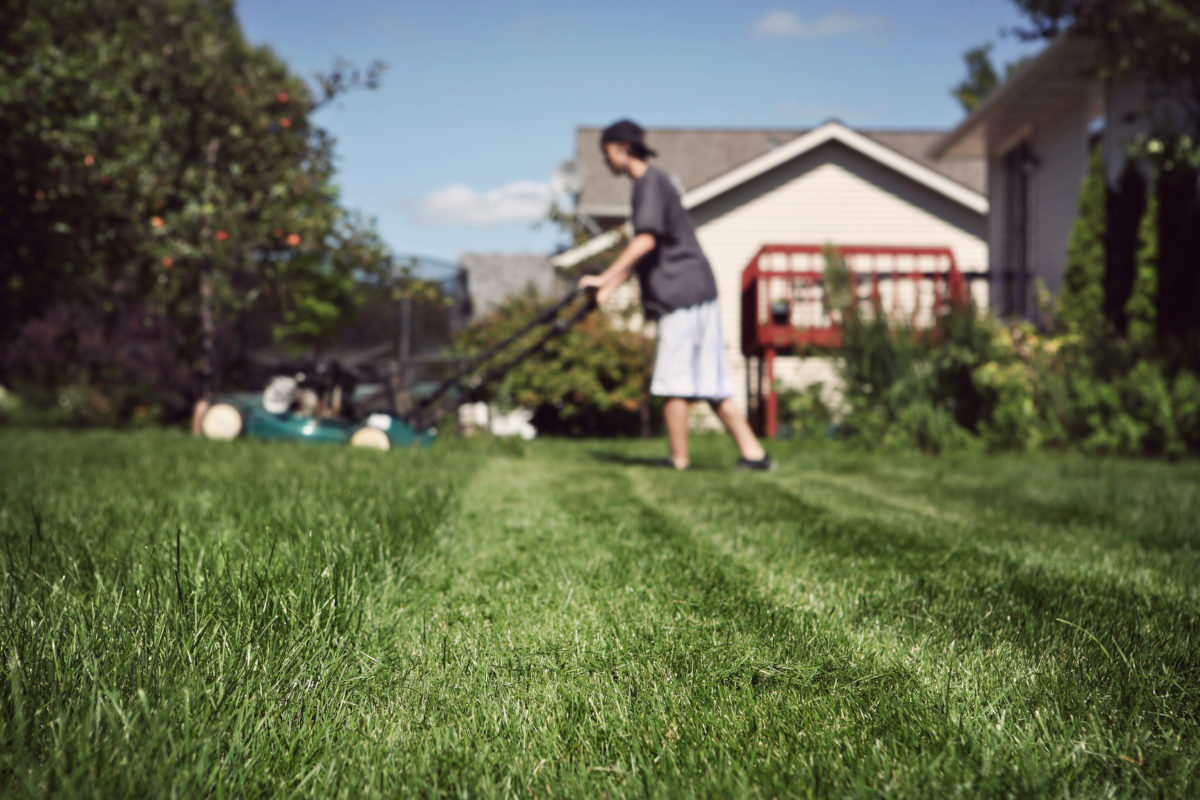
Gradually turn those small tasks into chores.
Allowing preschoolers to help with tasks around the house builds a strong foundation when teaching your child responsibility, but that foundation needs to be tested (and strengthened) as your child grows older. At a certain point, parents need to turn those small tasks into chores – expectations that must be met.
But make sure those chores are age-appropriate.
Parents can start giving their children chores as early as 5 years old, but make sure your expectations are realistic. Instead of having them help you pick up toys, start directing them to do it themselves. They might make mistakes, and it might not be done perfectly, but it gives you another opportunity to teach.
Increase those expectations as they grow older.
Growing up, my mother gave me (as well as each of my three siblings) a folder every week. In the folder was a daily list of chores that needed to be done each day of the week. Every day was something different, but the household duties were split evenly among us – and we worked together to get it done.
7. Establish Healthy Habits & Routines
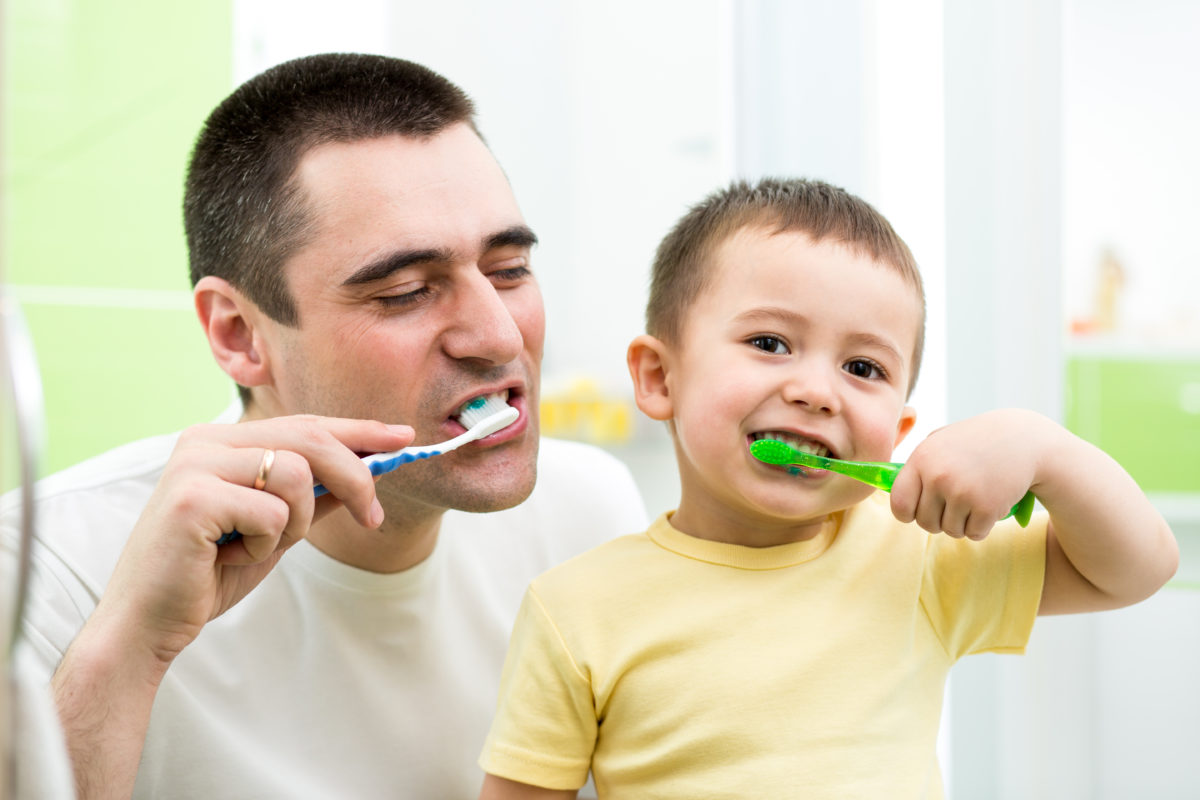
Healthy habits translate to a happy child.
As parents and caregivers, we have a unique opportunity to model accountability and responsibility by creating structure and consistency in our child’s life. Small daily habits like making their bed or brushing their teeth can evolve into broader life skills like managing time, prioritizing tasks, and staying productive.
These habits should supplement their chores.
I’m a big believer in keeping chores and habits separate from one another. Chores are more for the good of the household, but habits are more focused on the good of the individual. While chores provide tangible results like a clean house, habits satisfy emotional needs and desires – different, but equally as important.
Together, chores and habits create a normal routine.
Building a strong routine in a child’s life is like constructing the foundation of a home – it takes time, the right materials, and patience. The bricks and mortar of a child’s routine are their chores and habits. Laying these bricks through consistent repetition over time cements healthy patterns and builds responsibility.
6. Be Specific About Your Expectations
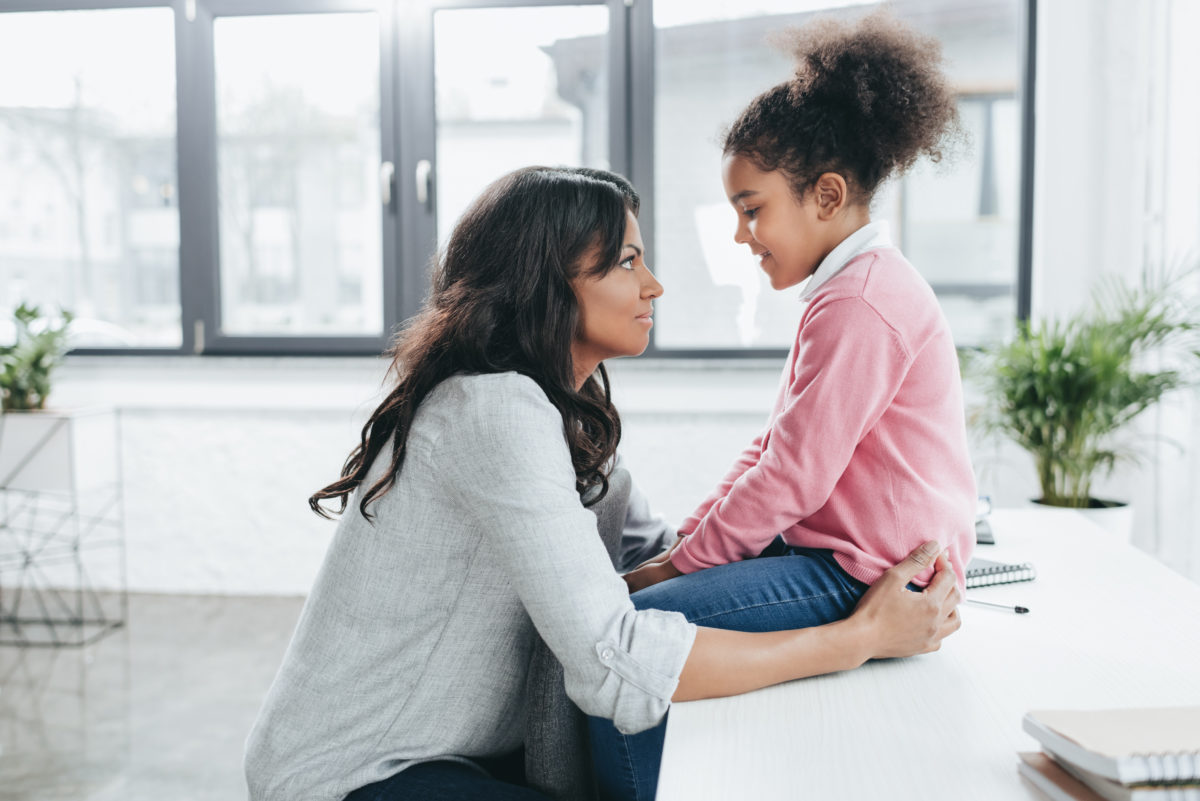
If your expectations aren’t clear, they won’t be understood.
Clear expectations provide children with a precise understanding of what is required – minimizing confusion and fostering accountability for their actions. By delineating boundaries and limitations, children not only comprehend what behaviors are acceptable, but they consciously avoid behaviors that aren’t.
So, how do parents achieve this?
We’re not saying you need to type out your expectations on a piece of paper and frame it on a wall in the house, but make sure you’re communicating what you want to see out of your child – and not in a demeaning way. Don’t just tell them what you expect of them, but also why you expect that out of them.
And don’t forget – feedback is important.
Communication isn’t a one-way street – and you should treat expectations the same way. Where parents need to be clear about what they expect, they should also be open to criticism and/or feedback from the child – within reason, of course. If they can’t meet expectations, work with them to figure out why.
5. Reward When Necessary
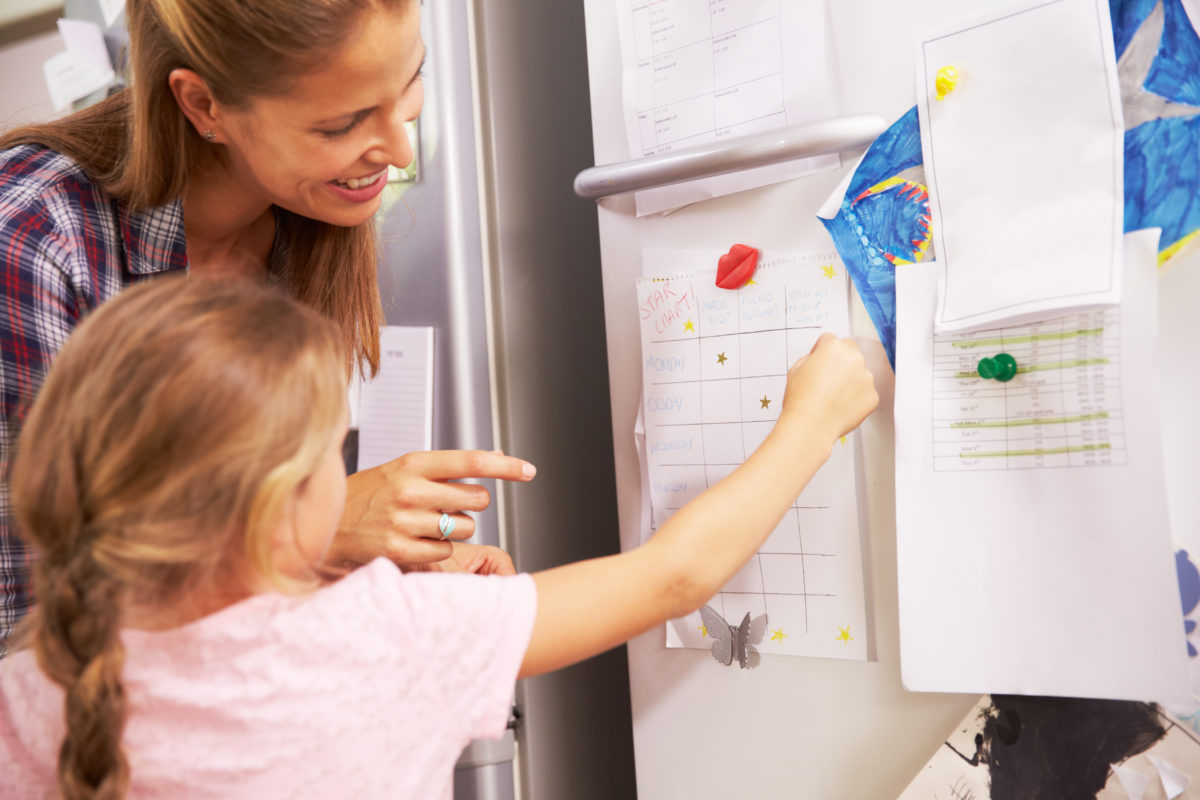
Rewards offer incentive, but use them wisely.
Positively reinforcing desirable actions and habits allows parents and guardians to instill a sense of accountability and self-discipline in children, laying the groundwork for responsible behavior later in life. Over time, the child will start to associate positive outcomes with good habits and responsible behavior.
But the key is to praise the behavior, not the child.
As you continue to reward your child for demonstrating responsibility, those behaviors gradually become internalized. Over time, they learn to understand that being responsible is its own reward – which motivates them to act responsibly even when external rewards aren’t present or aren’t being offered.
So, what are good ways to reward our children?
It all depends on the situation. Sometimes recognition is more than enough – verbal praise is a good example of this, but I recommend being specific about why they’re being praised. On the other hand, some actions or behaviors call for a greater reward – something a little more tangible or monetary.
4. Teach Consequences
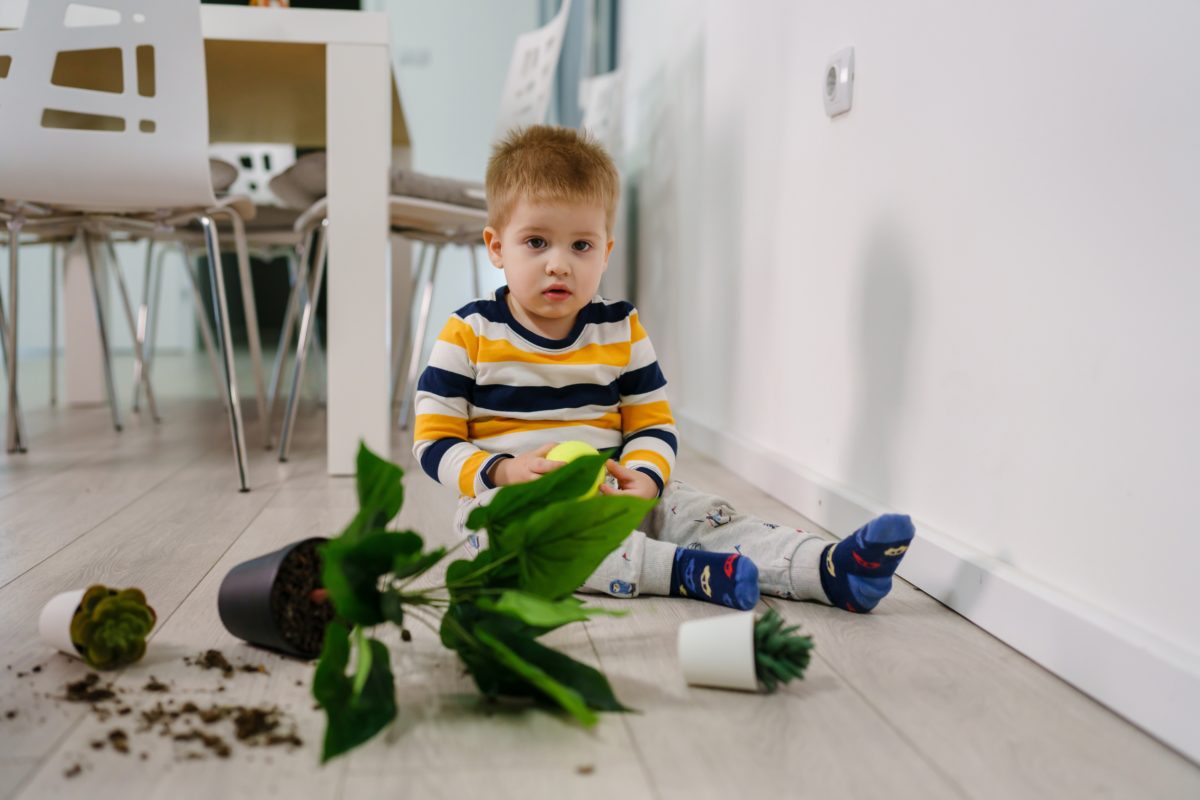
Consequences are just as effective as rewards.
Allowing children to experience the natural outcomes of their choices helps them draw connections – some more positive than others – between actions and results. It might be painful to watch them suffer such consequences, but not allowing them to overcome these moments does more harm than good.
So, what should parents do when consequences arise?
Instead of shielding our children from mistakes, parents should use their missteps as opportunities to discuss and improve decision-making. Over time, your child will learn to reflect on their choices and become more mindful of how their actions impact not only themselves but also the world around them.
It’s only a mistake if they don’t learn anything from it.
There’s an old quote by Henry Ford that describes this idea perfectly. “The only real mistake is the one from which we learn nothing.” This is the message we should be sending to our children. Mistakes happen, and, while we must face the consequences, that shouldn’t stop us from being and doing better.
3. Institute a Pay Allowance
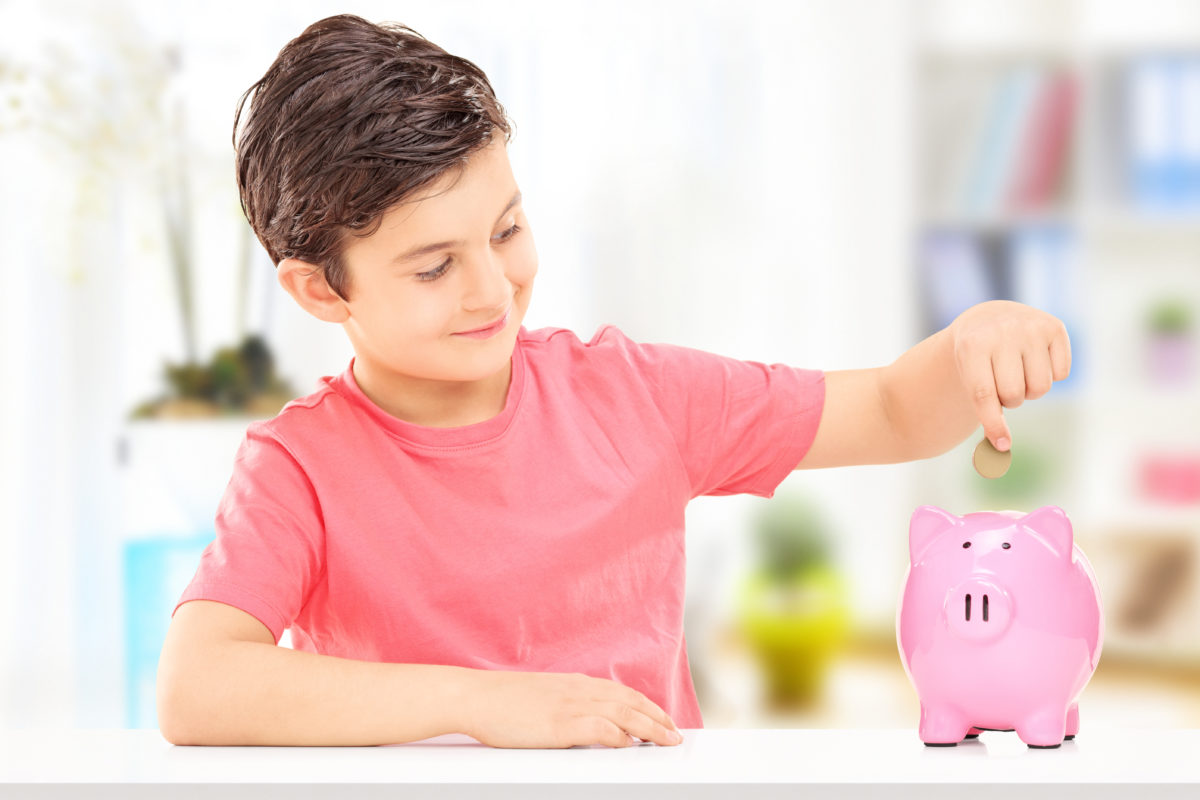
Allowances are welcome, but not without expectation.
A pay allowance, in and of itself, won’t instill any sense of responsibility in your child – if anything, it’ll foster a sense of entitlement. The responsibility comes when they have to work for that allowance – something that’s usually achieved through chores, good grades in school, or achieving accomplishments.
My mother always made this a point when I was growing up.
I already talked about the list of chores me and my siblings had, but our hard work never went unnoticed. If we did a good job, we were paid a weekly allowance. My mom also paid us on report card day. The better the grade, the more money we earned – which gave me a little extra incentive to do well in school.
Think of it as a reward, but treat it like a lesson.
From a parent’s standpoint, weekly allowances (no matter how they’re earned) are a great way to reward your child, but it’s also an opportunity to teach them about financial responsibility. Let them spend it however they want, but teach them the importance of spending it wisely and let them see it in action.
2. Use the Word ‘Responsibility’ Often
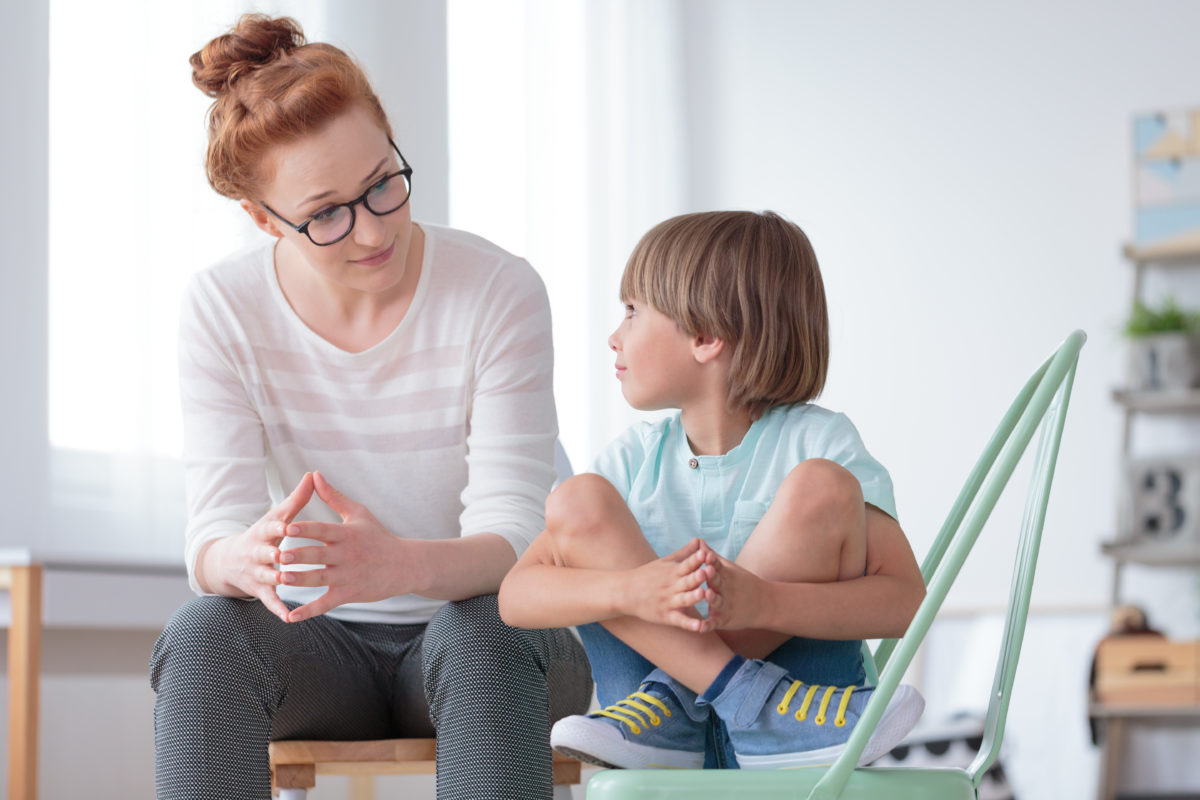
How we talk to our children is also important.
Earlier, we talked about modeling responsibility for your child – so they can see it in action. The same is true with the language we use around our children – except, in this case, they need to hear it. The more we use the words ‘responsible’ and ‘responsibility,’ the more meaningful those words are to the child.
It’s the same reason why we don’t swear around children.
They might not know what the swear words mean – but if they hear them, they’ll repeat them. And the more they repeat them, the more those words influence their behavior. By repeating positive language often, you’re exposing your child to all the right words that’ll help shape who they are in the future.
But don’t stop there – take it a step further.
It’s not just about the language you use on an everyday basis, but you can teach your child responsibility through the types of books they read, television shows they watch, and games they play. Just like there are shows and educational apps centered around counting, there are also some that teach responsibility.
1. Don’t Forget About Social Responsibility
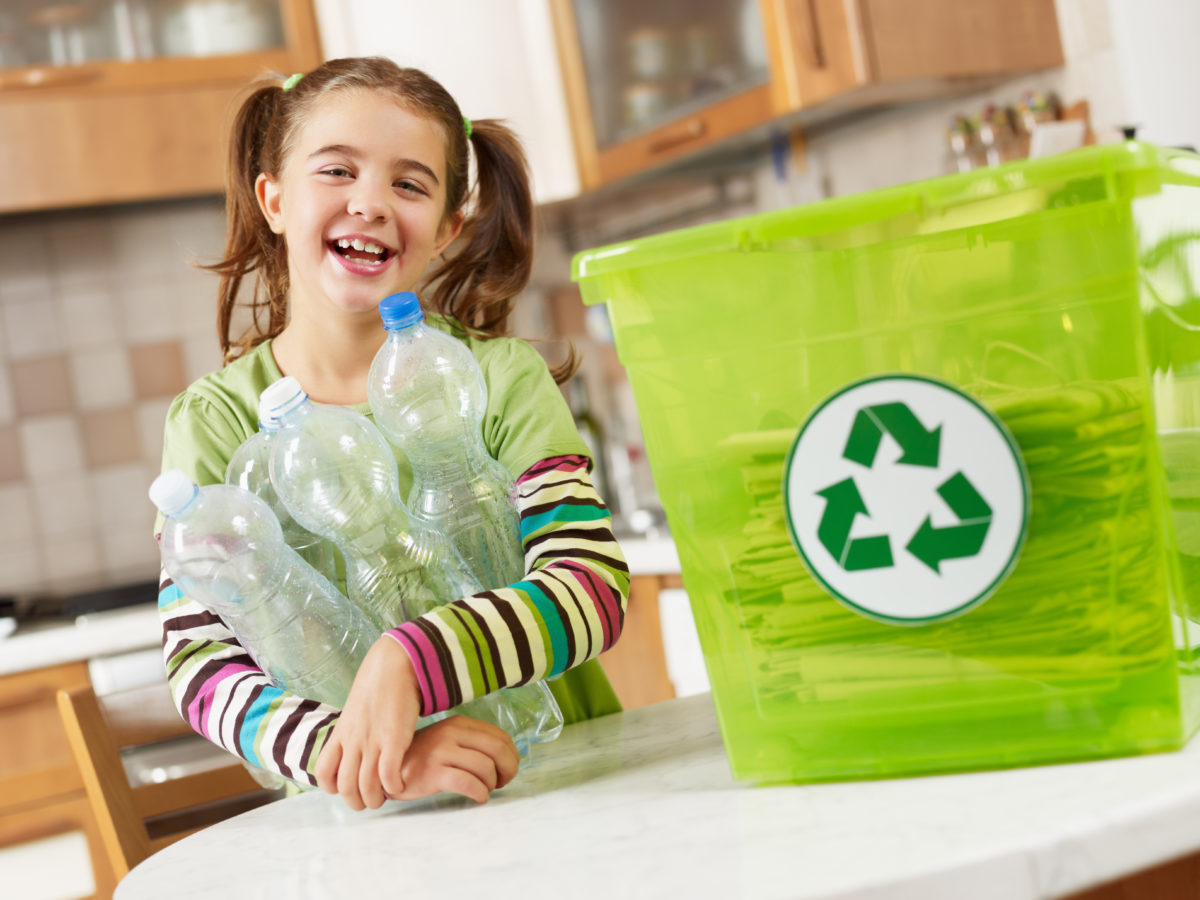
There are a lot of different types of responsibility.
Responsibility doesn’t have one clear definition – it’s more of an umbrella term that refers to the various obligations and expectations we have as humans. That could be a financial responsibility, a moral responsibility, or – one we haven’t talked about yet – a social responsibility. They’re all equally important.
With social responsibility, you’re teaching your child about community.
It involves helping your child understand their role in society and how they can contribute positively to their community as a whole. Social responsibility plays an important part of raising caring, empathetic, kind, and compassionate kids – and one no parent should overlook, especially in a child’s younger years.
So, how can parents teach their children about social responsibility?
As we mentioned earlier – lead by example. Make helping part of your family’s routine – prepare meals for those in need, donate old toys and clothes, and help elderly neighbors with their yard work. When parents volunteer and help others, kids notice and often mimic these actions – which helps the world go ‘round.
Responsibility vs. Obedience: What’s the Difference?

At the beginning of this article, we asked two very important questions – what does responsibility mean to you, and what do you want it to mean to your child? It’s something most parents should think about often.
To me, responsibility isn’t just about doing what you’re expected or obligated to do – I would consider that obedience, if anything. Responsibility is deeper than that – it requires awareness and acceptance.
It’s not so much about what you’re doing, but rather why you’re doing it.
And that’s what we need to teach our youth – not just to obey, but to do it with purpose.
YOU MAY ALSO LIKE: 80 Selfish Parents Quotes About Not Putting Children First
Teaching children responsibility lays the foundation for their personal growth, success, and well-being throughout their lives. It makes them more accountable, reliable, disciplined, independent, trustworthy, resilient, and prepared for the many challenges they’ll face as they grow older in this beautiful world.
Contents
- 1 MamasUncut Community Responds With Mixed Feelings
- 2 10 Ways to Teach Your Children Responsibility At an Early Age
- 2.1 10. Lead By Example
- 2.2 9. Let Them Help With Everyday Tasks
- 2.3 8. Give Your Child Chores
- 2.4 7. Establish Healthy Habits & Routines
- 2.5 6. Be Specific About Your Expectations
- 2.6 5. Reward When Necessary
- 2.7 4. Teach Consequences
- 2.8 3. Institute a Pay Allowance
- 2.9 2. Use the Word ‘Responsibility’ Often
- 2.10 1. Don’t Forget About Social Responsibility
- 3 Responsibility vs. Obedience: What’s the Difference?
Mamas Uncut is THE online place for moms. We cover the latest about motherhood, parenting, and entertainment as well – all with a mom-focused twist. So if you're looking for parenting advice from real parents, we have plenty of it, all for moms from moms, and also experts. Because, at the end of the day, our mission is focused solely on empowering moms and moms-to-be with the knowledge and answers they’re looking for in one safe space.
